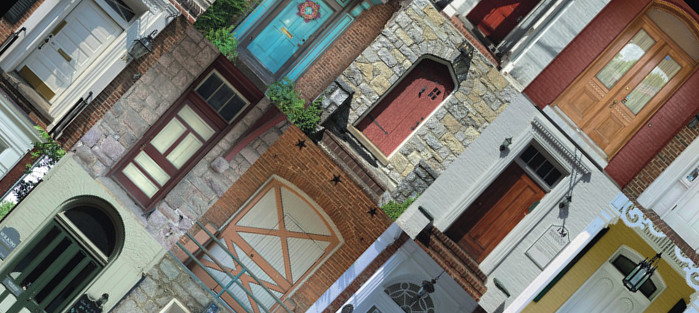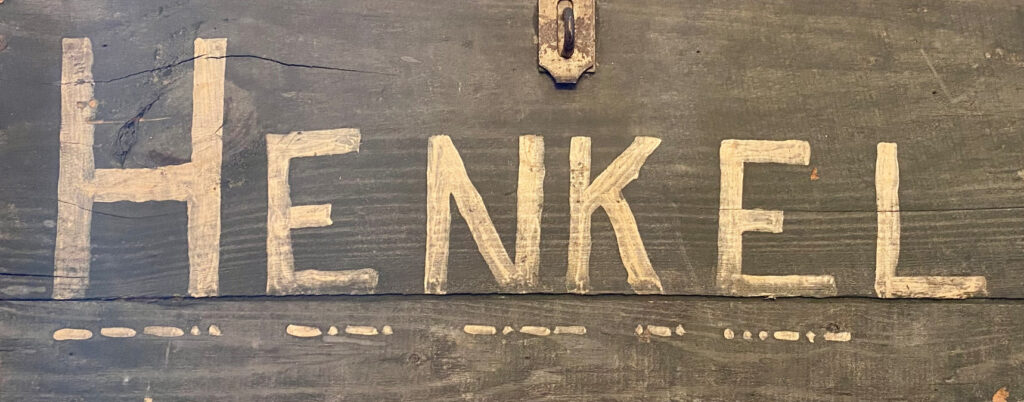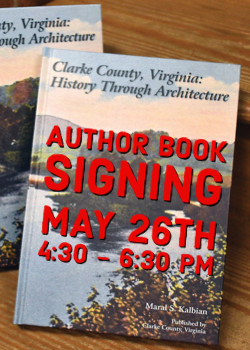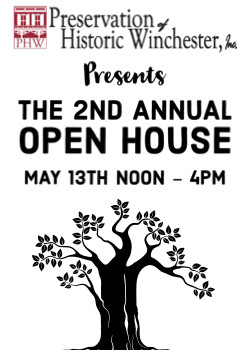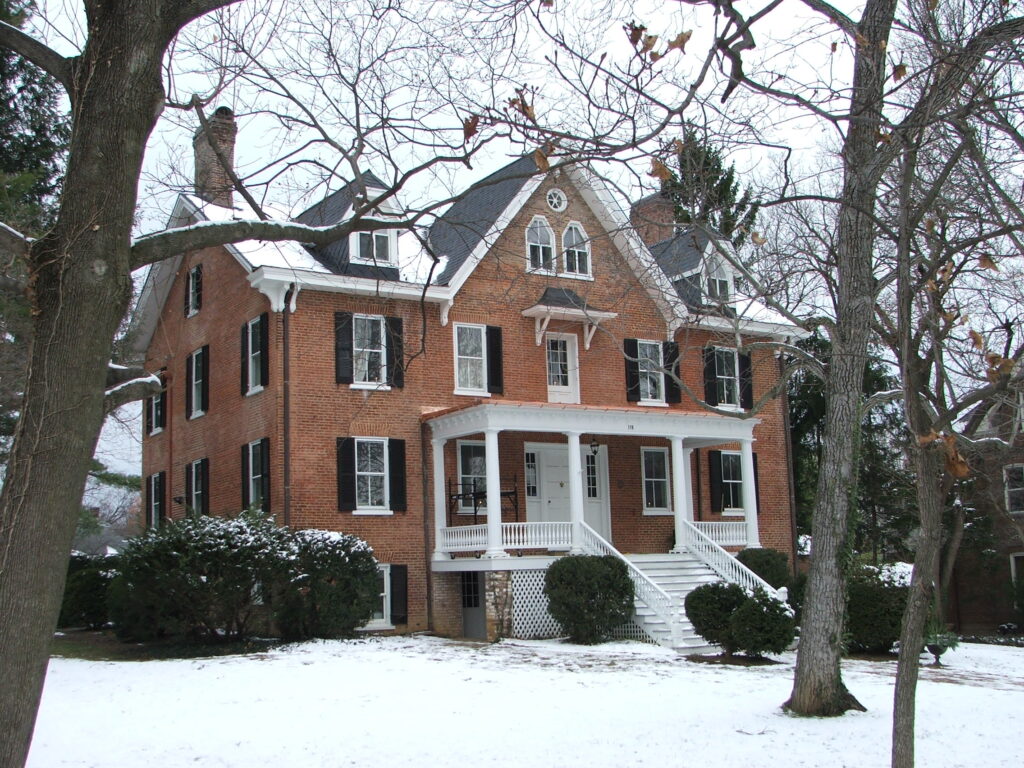It was a busy week for preservation related items. At City Council on Tuesday, 137 S. Loudoun was declared blighted. This does not mean the structure is going to be torn down; it just means the City has the opportunity to take ownership down the line if the proposed sale of the property falls through and the abatement plan milestones are not being met. A rehabilitation plan has been close to complete at BAR level (the remaining items to be approved are relegated to the rear elevation on Indian Alley; the Loudoun St. facade plans are fully approved.) The approvals for these plans will transfer to the new owner of the property; we certainly hope the new owner decides to proceed with the rehabilitation plan instead of starting from scratch and endangering this historic building with demolition by the City.
At the City Council work session on Tuesday, the neighbors’ appeal for two items pertaining to 119 S. Washington were discussed. The first item was the reconsideration of the brick piers. This item was duly noted by the City’s legal counsel to have been acted on improperly at the April 20th Board of Architectural Review meeting. BAR did not have the authority to revisit a denied item without a substantially amended application. We are pleased to report BAR members proceeded to correct this error at the Thursday BAR meeting by rescinding the April 20th approval. This means, as currently stands, the round piers that were built without BAR approval are denied. This means this portion of the neighbors’ appeal has been resolved prior to the public hearing.
The fence issue at 119 S. Washington is a different matter. The neighbors contend the approval of the fence on April 20, 2023 utilized the incorrect BAR guidelines (new fence construction over rehabilitation/maintenance of an existing fence.) As this was a historic fence and is utilizing the historic fence panels, there was no reason to apply new fence construction guidelines to a rehabilitation of an existing fence.
Upon reviewing the April 21, 2022 video of the meeting which discussed the fence, the architect presenting for Mr. Megale repeatedly used the word “restore” in regards to the fence (video timestamp at approximately the 15 minute mark). Restore, when used by a preservationist, has a particular meaning, and has much stricter standards of review to meet that threshold of being a restoration. The full definition per the Secretary of the Interior’s Standards is:
Restoration is defined as the act or process of accurately depicting the form, features, and character of a property as it appeared at a particular period of time by means of the removal of features from other periods in its history and reconstruction of missing features from the restoration period. The limited and sensitive upgrading of mechanical, electrical, and plumbing systems and other code-required work to make properties functional is appropriate within a restoration project. (1)
We note in the further explanation of restoration as a treatment, “Only those designs that can be documented as having been built should be recreated in a restoration project.”
Even if the term “restore” was used more loosely as by a non-preservationist, the presentation before BAR on April 21, 2022 implied this was strictly a maintenance and repair issue for the fence, meaning that a reasonable conclusion is that the fence would be returned to its historic location on Washington Street.
The fence issue in the appeal may be more technical than even the issue of the piers. From a preservationist’s standpoint, however, having an applicant state that the Washington St. side was the oldest surviving portion of the fence with other panels constructed later to match, state the historic fence would be restored, and then not deliver on an accurate restoration on the claimed oldest portion of the project is certainly disappointing.

